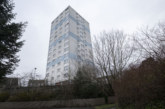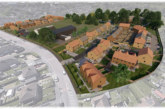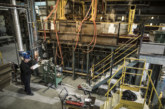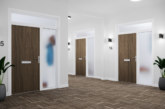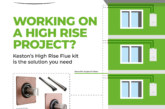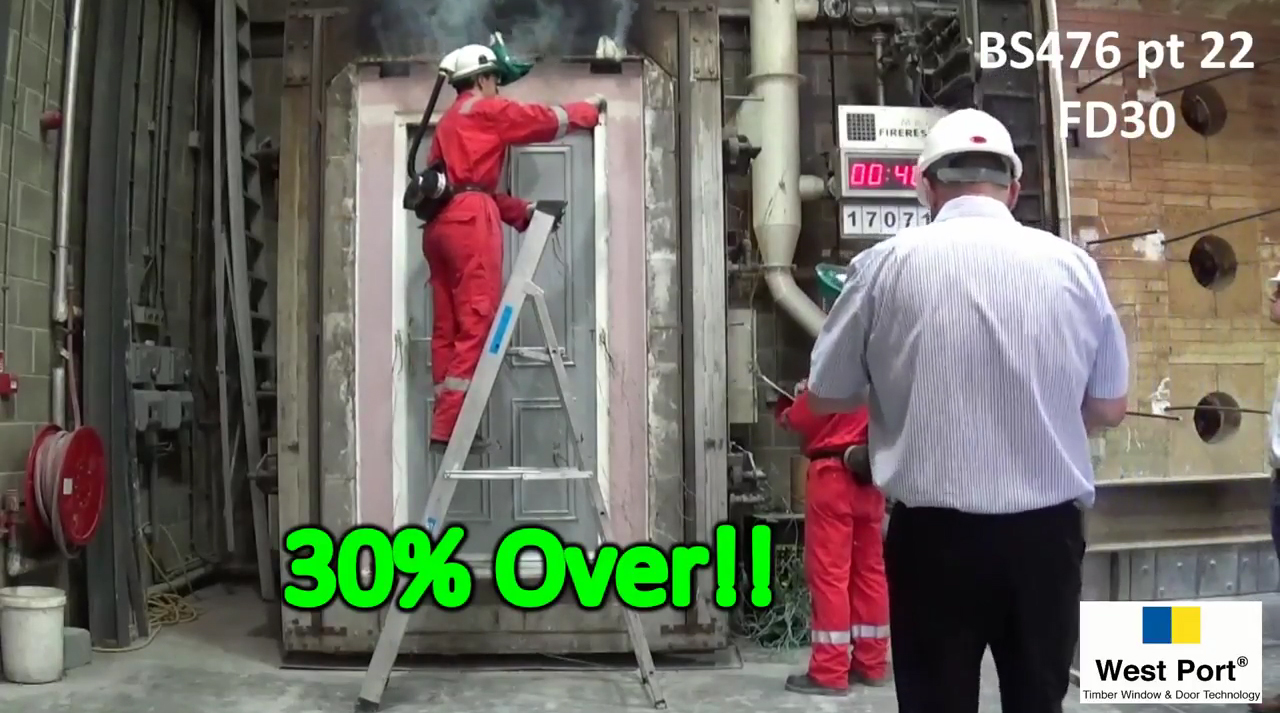
Fire doors have an essential role to play in passive fire protection strategies. West Port’s FD30 door has been tested and certified by BlueSky Certification in accordance with BS476-22, see the test video below.
Sadly, it comes as little surprise that there has been a significant increase in enquiries about fire doors since the Grenfell Tower tragedy, as they play an important role in passive fire protection strategies, such as compartmentalization and maintaining the integrity of fire escape routes.
The responsibility for the correct specification, installation and maintenance of fire doors lies with the ‘Responsible Person’, who could be the owner, the architect, the facility manager, the contractor and the installer – and they do not have to be third-party certified.
One of the most practical ways of ensuring fire doors will work is to only use doors that have been third-party tested and certified. They must also be properly fitted and maintained, with no additional apertures cut on site.
In response to calls from existing clients to supply fire doors alongside timber windows, West Port, one of the UK’s largest manufacturers of timber windows and doors, has developed a special FD30 door that combines fire door certification with the enhanced security requirements of Secured by Design.
West Port’s FD30 door has been tested and certified by BlueSky Certification in accordance with BS476-22. The test was filmed and shows how the door exceeds its 30 minute rating by a full 30%, and where the door finally fails. Watch the film of the fire test here.
The West Port FD30 door is made from a 94mm sapele hardwood frame, with a 44mm mill panel solid door blade, intumescent strips, smoke seals and special hardware.

